The Cosmos blockchain network enables smooth communication with other protocols, creating a web of interconnected value chains. This guide will delve into the Cosmos blockchain and its native crypto coin ATOM, highlighting the network’s intricacies and mechanics.
What is Cosmos?
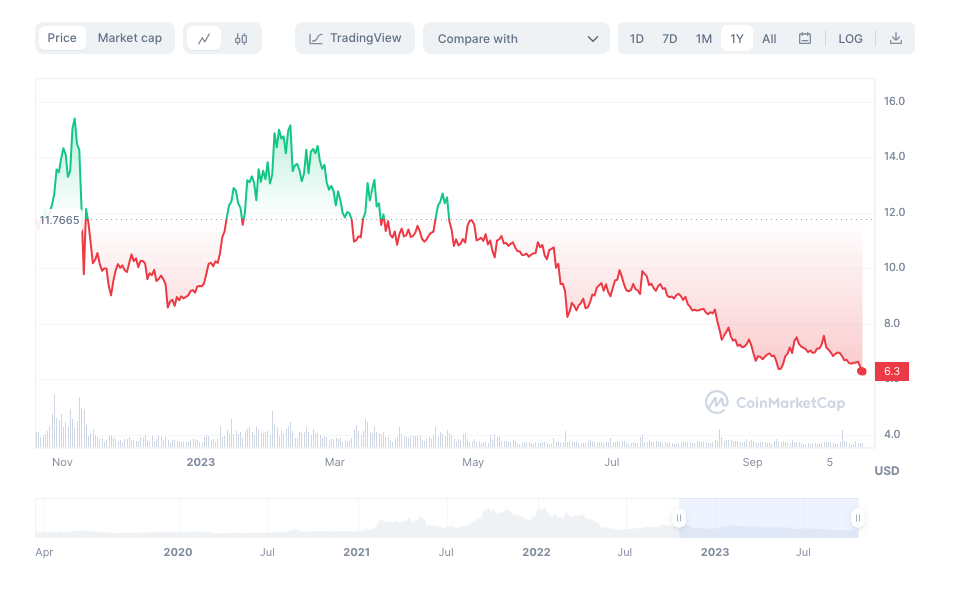
Cosmos is a decentralized blockchain with a mission to forge connections among diverse blockchains. Its overarching goal is to establish a rapid, scalable, cost-effective, and seamlessly interoperable hub for a myriad of blockchain applications.
Moreover, Cosmos envisions itself as the Internet of blockchains, facilitating decentralized communication between various blockchains.
Sponsored“The blockchain symbolizes a shift in power from the centers to the edges of the networks.”
William Mougayar, Chairman of Kin Foundation
Just as the internet revolutionized seamless computer communication, Cosmos champions the principle of interoperability.
With an aim to break down the barriers that have historically isolated individual blockchains, Cosmos looks to transform singular chains from being standalone entities. By championing full interoperability, Cosmos paves the way for a renewed wave of collaboration and innovation in the blockchain landscape.
History of Cosmos
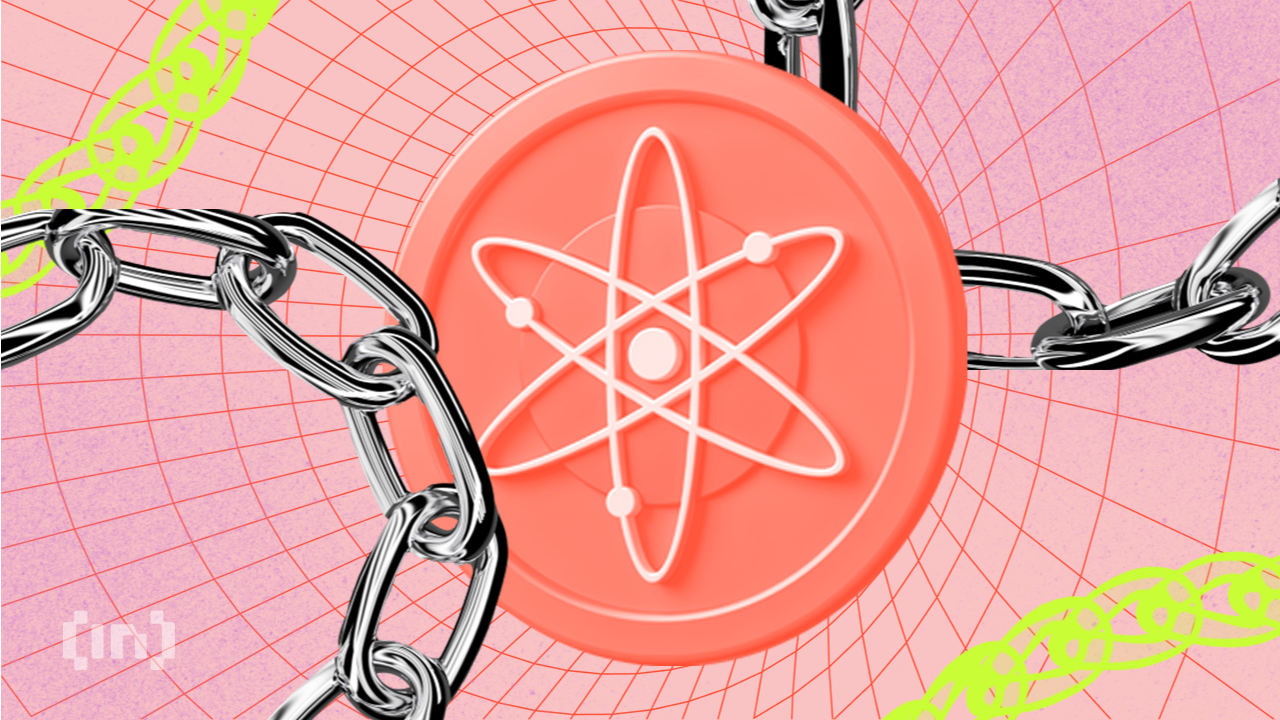
Cosmos was founded by computer scientists Jay Kwon and Ethan Buchanan in 2014. In 2016, the two founders published the Cosmos whitepaper.
The development of Cosmos is coordinated by the Interchain Foundation, a Swiss non-profit organization. In 2017, Cosmos raised almost $18 million across three Cosmos crypto sales, and its mainnet went live in early 2019.
Moreover, Cosmos uses a novel proof-of-stake consensus algorithm, Tendermint, which was pioneered by the project’s founders. Tendermint allows Cosmos to process up to 10,000 transactions per second while maintaining security. However, the trade-off is decentralization, as Cosmos only has 150 validators.
Over time, the Cosmos ecosystem has birthed over 50 blockchains, including giants like Binance Chain (BNB), Terra, and Thorchain. With a combined market cap of $140 billion, the Cosmos ecosystem now ranks second only to Ethereum.
How does Cosmos work?
The Cosmos network represents a continuously growing ecosystem of interconnected applications and services. Using hubs, the robust Tendermint consensus algorithm and the Inter-Blockchain Communication (IBC) protocol ensure secure and seamless inter-blockchain communication.
The Cosmos Hub and Zone

The Cosmos Hub is the linchpin, facilitating the seamless transfer of Cosmos crypto across various interconnected chains. This structure improves the interoperability of blockchains, making it easier for users to move assets between chains. By doing so, it eliminates the need for complex processes like atomic swaps or other intricate transfer methods.
The Cosmos Hub leverages the Inter-Blockchain Communication (IBC) protocol, which is pivotal to achieving the project’s goals.
Sponsored SponsoredInter-Blockchain Communication (IBC)
Using the IBC protocol, Cosmos seamlessly transitions between zones connected to the Cosmos Hub through two-way pegging. This concept can be traced back to Bitcoin’s sidechains, which enable the network to scale.
Cosmos applies a similar idea, creating representations of tokens on other blockchains while maintaining the security of the main chain. This protocol has gained traction, with numerous blockchains supporting IBC and connecting to decentralized exchanges within the Cosmos ecosystem, such as Osmosis and Gravity DEX.
Tendermint
At the heart of Cosmos lies the Tendermint protocol. Tendermint is the brainchild of Jae Kwon, Ethan Buckman, and Zarko Milosevic. In line with Cosmos’s mission of ensuring smooth interoperability, Tendermint addresses the challenge of seamless communication between blockchains. It employs a proof-of-stake consensus mechanism, ensuring that validators have a stake in the network’s security.
Tendermint also incorporates Byzantine fault tolerance. Hence, the network can continue functioning reliably even in the presence of a portion of malicious actors — as long as less than 33% of the validating power acts maliciously. This is a lower threshold than Bitcoin’s 51%, which enhances security and speed within the Cosmos network.
While the proof-of-stake model offers benefits, it’s evident that centralization can then become a concern, with the top five validators possessing more than 25% of the voting power. This centralization issue is something Cosmos must address to maintain its decentralized ideals.
What makes Cosmos unique?
One distinctive feature of Cosmos is its approach to building interconnected blockchains. Unlike some other blockchains, Cosmos does not support smart contracts in the traditional sense. Instead, Tendermint Inc. created the Cosmos SDK, a developer toolkit that enables the creation of application-specific blockchains from the ground up.
Cosmos’s creators anticipate that as adoption increases, every decentralized application will require its own blockchain to stay functional, with issues like Ethereum’s high gas fees highlighting the need for such an architecture.
Other unique Cosmos features include:
Sponsored- Decentralized application (DApp) hosting: Cosmos facilitates the hosting of DApps on its decentralized infrastructure, offering developers an ideal environment for building and launching their applications.
- Independence and governance: Cosmos allows independent chains to establish their Zones and connect to the Hub, preserving their sovereignty and governance structures.
Cosmos native coin (ATOM)
ATOM is the native cryptocurrency of Cosmos and serves as the gateway to the Cosmos ecosystem. Boasting a market capitalization of $2.2 billion as of Nov. 1, 2023, cosmos is trading at $7.626 per unit, with 292 million ATOM in circulation. Our cosmos price prediction traces the potential future price of the coin, positing a minimum ATOM price of $22.10 in 2025 and a maximum of $46.20.
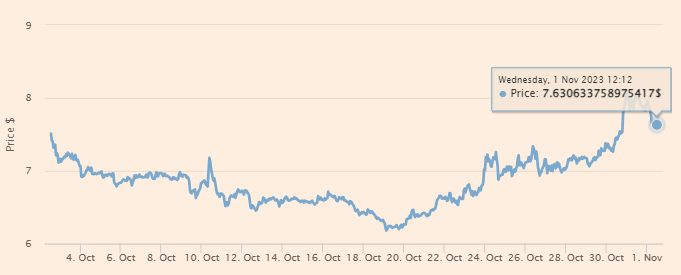
Staking cosmos crypto in Cosmos HUB secures the network and earns you 4-6% APY. Validators and delegators receive ATOM fees for verifying transactions. Stakers can customize slashing mechanisms in hub zones, where malicious behavior can result in burning validators’ staked ATOM.
Cosmos tokenomics and distribution

Cosmos crypto operates with a unique set of tokenomics and initial distribution. The initial token allocation for ATOM is divided as follows. Approximately 5% of tokens were allocated to the seed sale, while around 7% went to the strategic sale.
A notable portion, about 10%, was dedicated to the foundation, ensuring ongoing support for the project. Tendermint Company secured 10% of the initial token distribution, and following that, Cosmos raised approximately $17 million in a public fundraiser in April 2017, bolstering the initial ecosystem.
Cosmos inflation rate
One essential aspect of Cosmos’ tokenomics is its inflation rate. At present, Cosmos maintains an inflation rate of approximately 17%. Inflation within a blockchain ecosystem can impact token holders and network dynamics, and Cosmos has been actively working to address this. In 2022, a comprehensive whitepaper presented solutions designed to tackle inflation-related concerns and improve the overall tokenomics of ATOM.
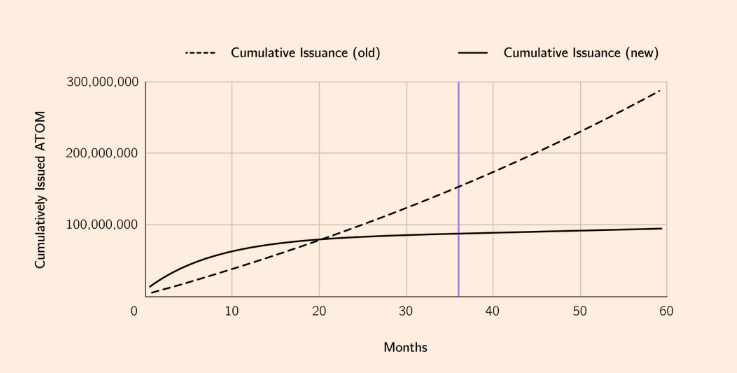
However, the proposals were rejected in a vote by Cosmos holders, with many expressing concern about the introduction of multiple new tools at once as well as significantly altering ATOM’s monetary policy.
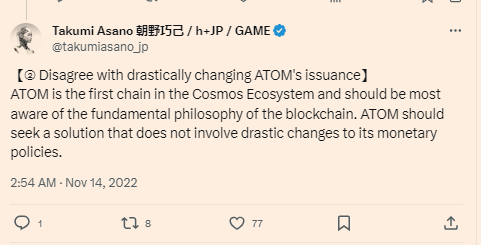
One way the network has addressed inflationary concerns is by introducing a liquid staking feature. This will increase the capital efficiency of staked ATOM, allowing it to be utilized while still being staked.
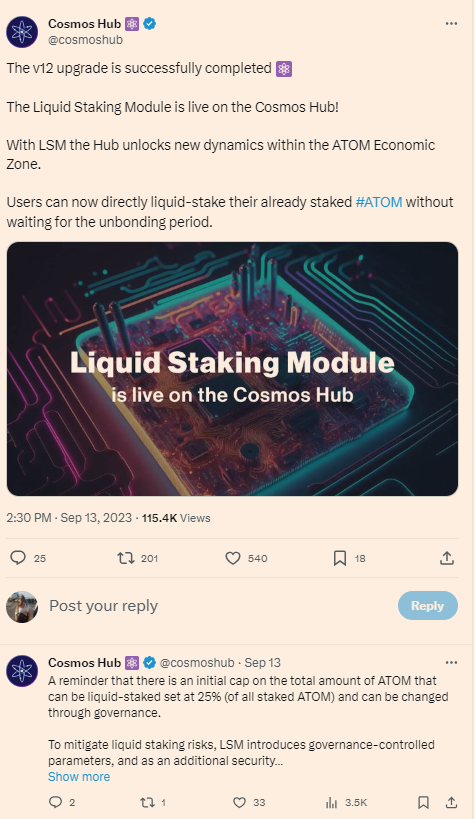
A look at ATOM wallets
Similar to any other crypto or web3 wallet, a cosmos wallet simplifies your interaction with Cosmos-based blockchains and allows you to store, send, stake, and receive ATOM and other cryptos safely.
Cosmos wallets come in diverse forms, including hardware wallets, desktop wallets, browser wallets, and mobile wallets, each with unique advantages and security mechanisms for private keys. Notable examples of wallets designed to safeguard your ATOM tokens include hardware options like Ledger, as well as mobile wallets such as Atomic Wallet, Cosmostation, Trust Wallet, Math Wallet, and Guarda Wallet.
A bright future for interoperability
Cosmos is at the forefront of the mission to make blockchain interoperability a reality. While it faces challenges like stake centralization, its innovative approach positions it as a key player in the blockchain space.
Interoperability is a problem that demands a robust solution, and projects like Cosmos are actively contributing to creating a more connected and collaborative blockchain ecosystem. While the road ahead may present hurdles, Cosmos and its visionary team are driving the blockchain industry closer to the dream of a decentralized internet of blockchains.

